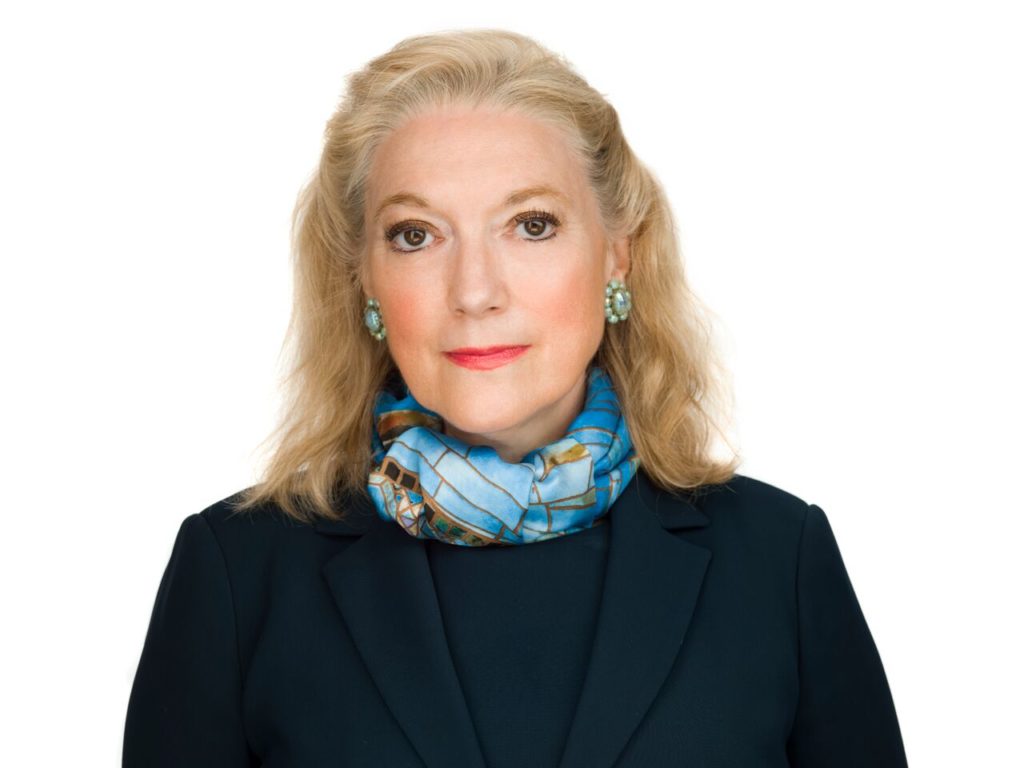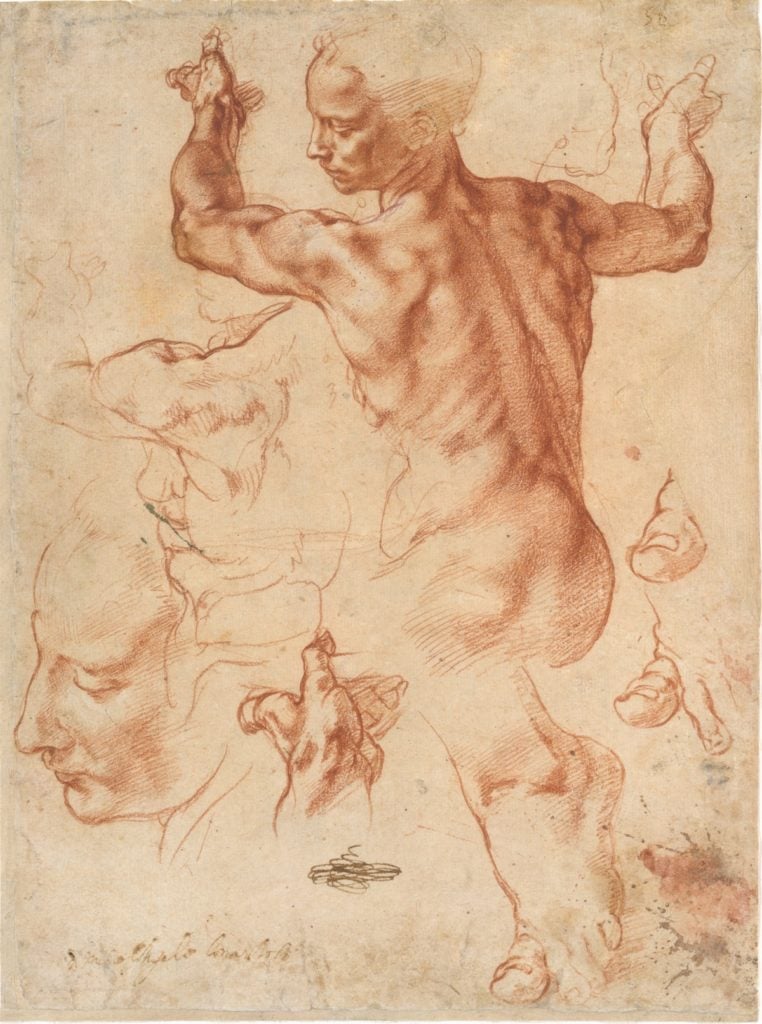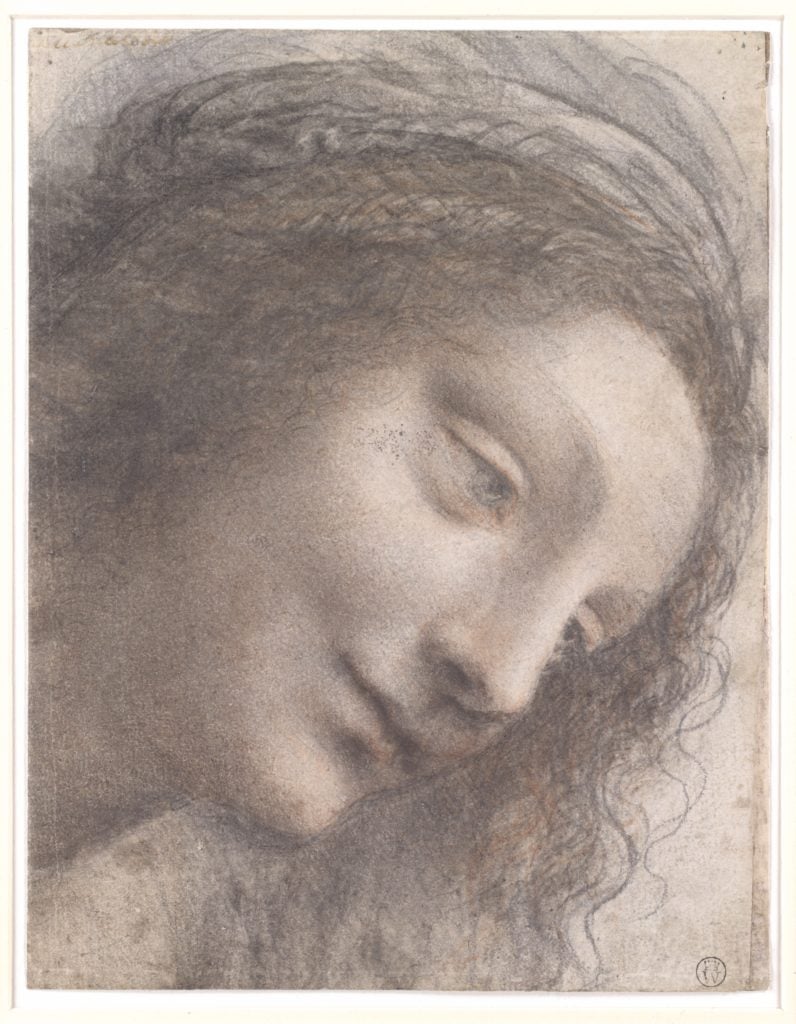People
The Curator of the Met’s Celebrated Michelangelo Show Just Won the First $100,000 Vilcek Prize to Support Immigrant Achievement
Carmen C. Bambach is a curator of Italian and Spanish drawings at New York's Metropolitan Museum of Art.

Carmen C. Bambach is a curator of Italian and Spanish drawings at New York's Metropolitan Museum of Art.

Sarah Cascone

Carmen C. Bambach, a curator of Italian and Spanish drawings at New York’s Metropolitan Museum of Art, has been named the recipient of the first annual Vilcek Prize for Excellence, a $100,000 unrestricted grant that will be given each year to recognize an immigrant—or a US-born champion of immigrant causes—who has had a significant impact on American society and world culture.
Bambach was traveling in the UK for work when the call came in from Jan Vilcek, who founded the Vilcek Foundation with his wife, Marica Vilcek, in 2000 to celebrate immigrant contributions in the arts and sciences. “I had this very mysterious voicemail from Jan saying, ‘do call me back, I think you will want to speak with me,'” Bambach told artnet News. When she learned about the prize, “I said ‘Am I dreaming? Am I still jet-lagged?’ It was pretty much a shock.”
The new prize serves to fill what the Vilceks saw as gaps in the current award program, begun in 2006, which recognizes individuals in different disciplines each year. Jan, a biomedical scientist, began the prize with science in mind. Marica, who herself worked at the Met for 32 years, expanded the scope to include the arts and humanities.
“Eventually, I came to the conclusion that there are certain areas that were not covered, especially for curators, economists, and journalists,” Marica told artnet News of the decision to introduce a new award category. The foundation’s existing prizes are awarded by jury, but for the excellence prize, she and Jan will choose the winner, pending approval by the foundation president and board.
Personal experience may have influenced Bambach’s selection in the inaugural prize. “Everybody in the world is aware of the Metropolitan Museum, but the visitors are not really thinking about who is responsible for it,” Marica said, recalling an acquaintance who told her that working at the museum and looking at paintings all day sounded like an ideal job.

Michelangelo Buonarroti, Studies for the Libyan Sibyl (recto); Studies for the Libyan Sibyl and a small Sketch for a Seated Figure (verso) (c. 1510–11). Courtesy of the Metropolitan Museum of Art.
A Renaissance expert, Bambach curated the Met’s 2017–18 blockbuster “Michelangelo: Divine Draftsman and Designer,” which drew some 700,000 visitors. In addition to curating major exhibitions for artists including Bronzino, Correggio, and Parmigianino, Bambach has also spent the last 24 years completing a four-volume book on Leonardo da Vinci that will finally hit bookshelves this spring, published by Yale University Press.
An overarching look at the Renaissance master’s life and career that seeks to humanize the genius of mythological stature, Leonardo da Vinci Rediscovered was a massive undertaking, encompassing his entire output—drawings, paintings, manuscripts, and more—viewed through a biographical framework. The tome aims to show Leonardo both as a product of his time and a figure who transcends it.
“I’ve kind of done my day life and my night life as an art historian,” Bambach said. “I’ve been pretty much burning the candle at both ends.” (She is also responsible for the museum’s current display of four Leonardo drawings and numerous works showing his influence, staged in anticipation of the 500th anniversary of the artist’s death.)

Leonardo da Vinci, The Head of the Virgin in Three-Quarter View Facing Right (1510–13). Courtesy of the Metropolitan Museum of Art.
Bambach isn’t yet sure how she will use her prize money, but the windfall comes at a key moment, given all that she and her late husband have poured into the ambitious book project. “To do really important scholarship, really good creative work, is an investment of time, as well as an economic investment. A lot is necessary to support it,” she said. “It’s time for a vacation! I’m thinking that I will perhaps not write another four-volume book.”
“Carmen is an incredible scholar,” Marica said. But she and her husband also wanted to highlight Bambach’s accomplishments specifically as an immigrant who was born in Chile. “My husband and I are both immigrants,” Marica added. “When we came here, we had absolutely nothing. If you come as an immigrant, you are a zero and you really have to work hard to accomplish something.”
They founded the foundation and beginning awarding unrestricted grants as a means of passing along the opportunity they found in the US. They’ve honored such figures as Jamaican-born artist Nari Ward, the 2017 winner of the Vilcek Prize for the Arts. (Unlike the existing prizes, the new excellence prize is also open to candidates who are in the US as well so long as their work supports immigrants.)
“Considering the political situation that we are in right now, I think it is wonderful that immigrants are being recognized for their contributions to this country,” Bambach said, noting that her family fled Chile following the 1973 coup d’etat. “It’s important to be aware that this country is built by immigrants.”